
La ciudad siempre será una gran galería, si sabemos realmente observarla con detalle. Y aunque ya he documentado algunas cosas que para los demás quizás pasan desapercibidas, todavía existen tesoros esperando a ser descubiertos.
Justo en días pasados, cuando iba de regreso a casa desde Banfield - provincia de Buenos Aires, a tomar el tren, vi este hermoso mural escondido entre un puesto de flores y un local comercial.

Siempre que paso por ahí, se encuentra algún vendedor ambulante al frente, por lo que nunca volteaba a ver hacia esa zona, pero ese día estaba despejado, al igual que el cielo, y fue como encontrar un nuevo tesoro para mi colección de joyas artísticas disgregadas en la ciudad.
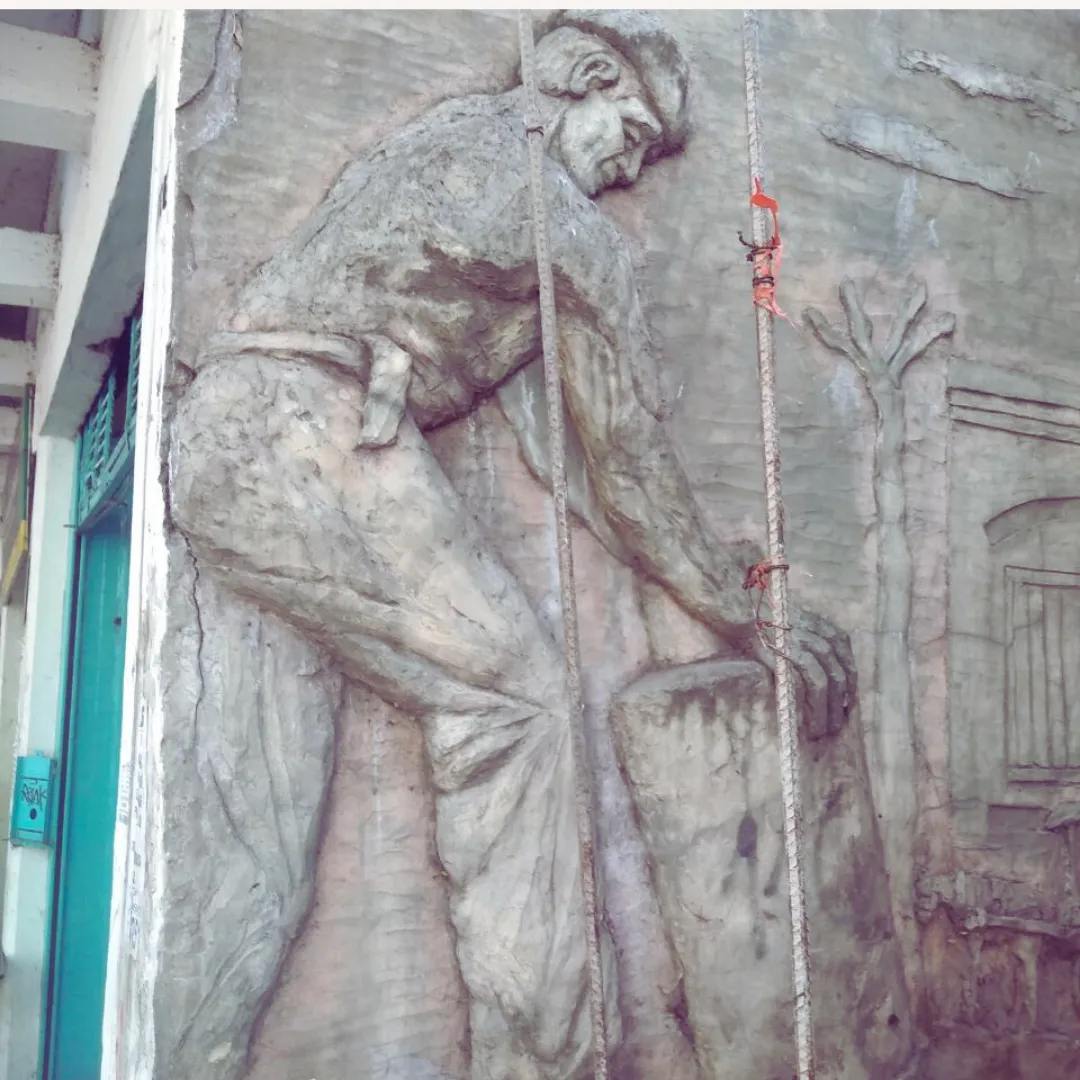
Lamentablemente no dice quien la realizó, o por lo menos no llegué a ver alguna firma del autor, pero igualmente decidí que era necesario destacarla, pues al igual que otros murales que ya reseñé por acá, usa una técnica de relieve con arcilla para darle más dramatismo a la historia que cuenta.
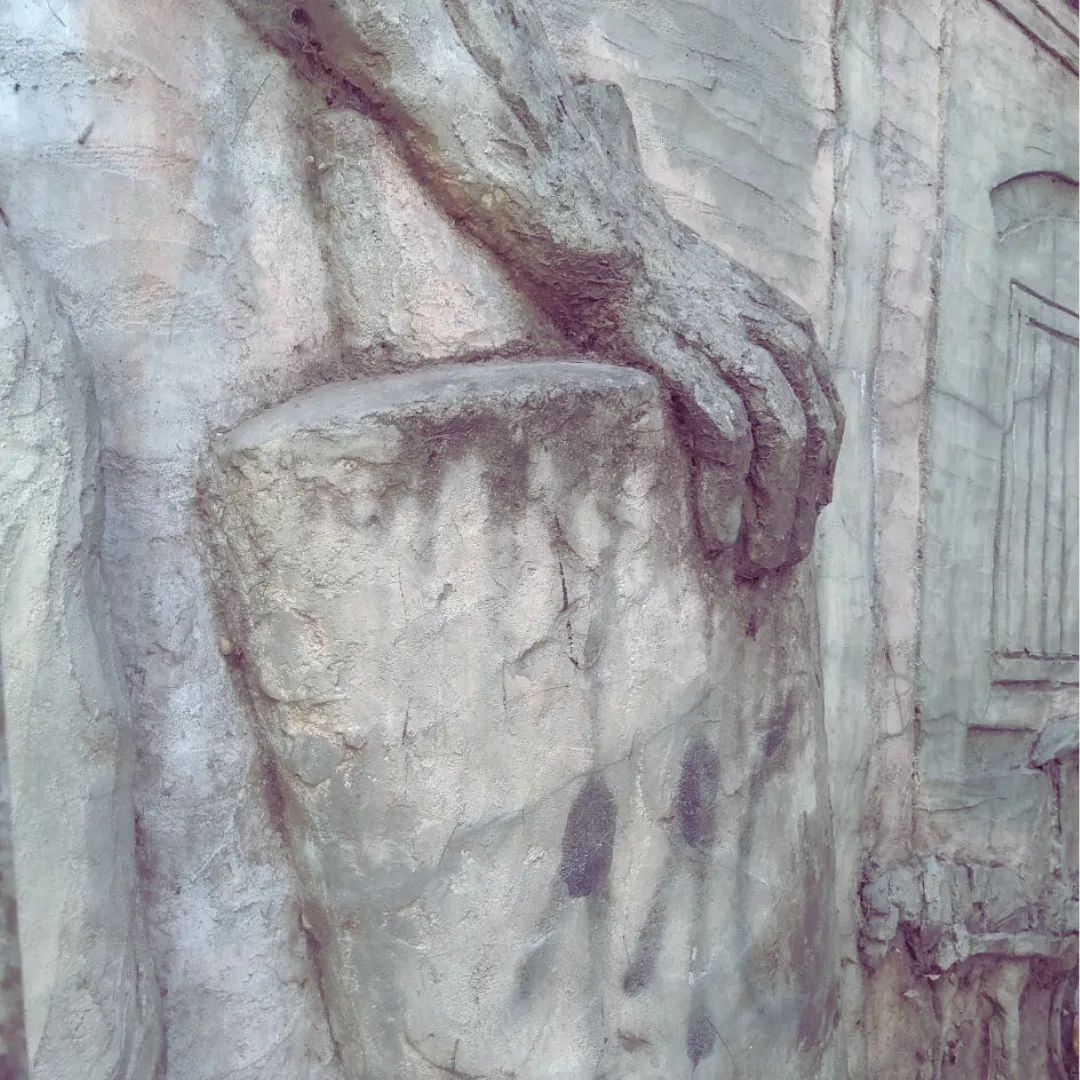
Imagino que se trata de un pasaje de los tiempos cuando fueron contruidos los trenes, en los que la mano de obra pesaba por encima de las máquinas, con lo cual el resultado tiene un valor extra, al ver como el hombre es capaz de lograr todo aquello que se propone realizar.
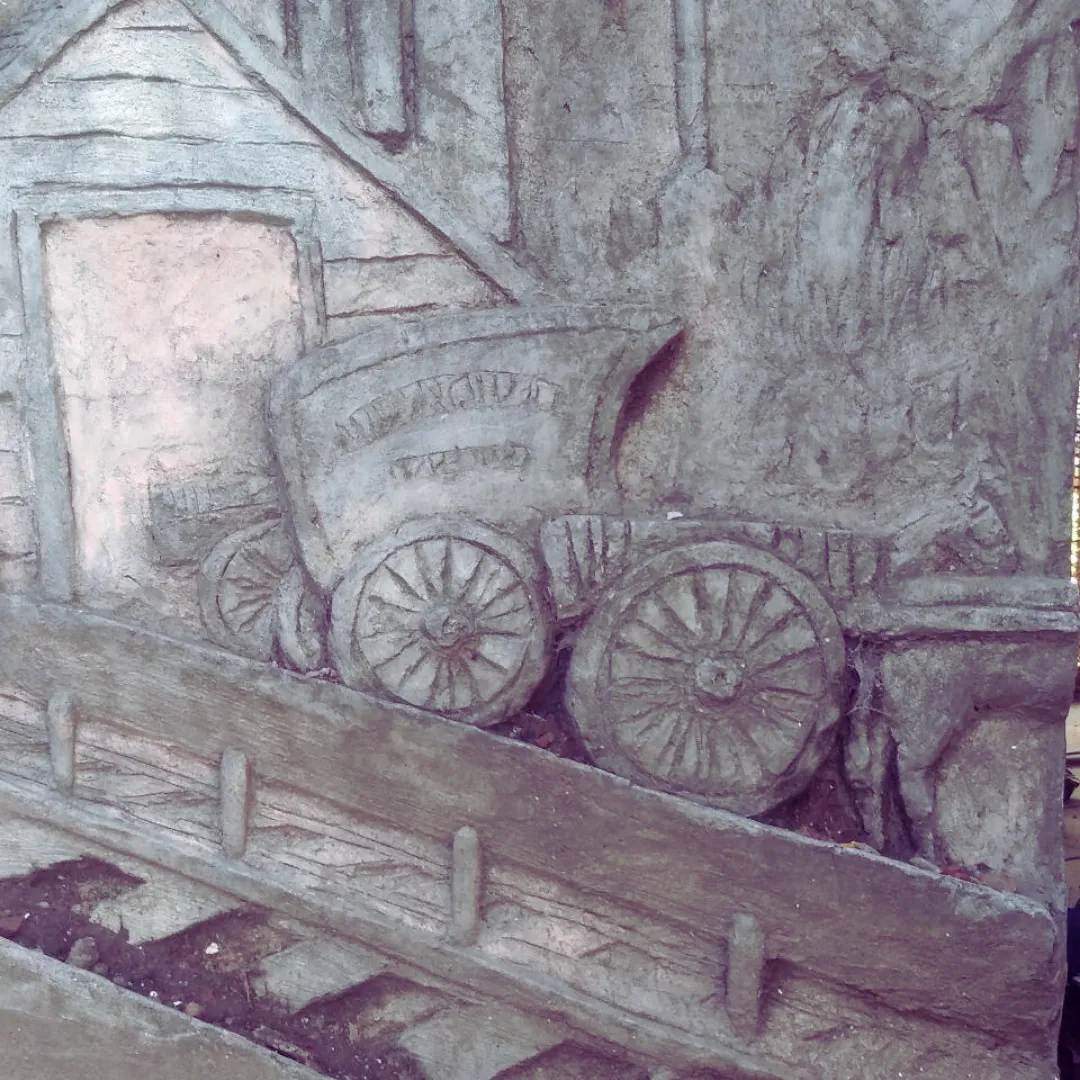
Puede que sea también la historia de cómo el tren hizo posible que la ciudad se fuera formando de a pasos hasta llegar a ser el centro económico y social que es ahora. Dándole una muestra a las siguientes generaciones, sobre todo el esfuerzo realizado por los antepasados para llegar al punto en el que se encuentran actualmente.
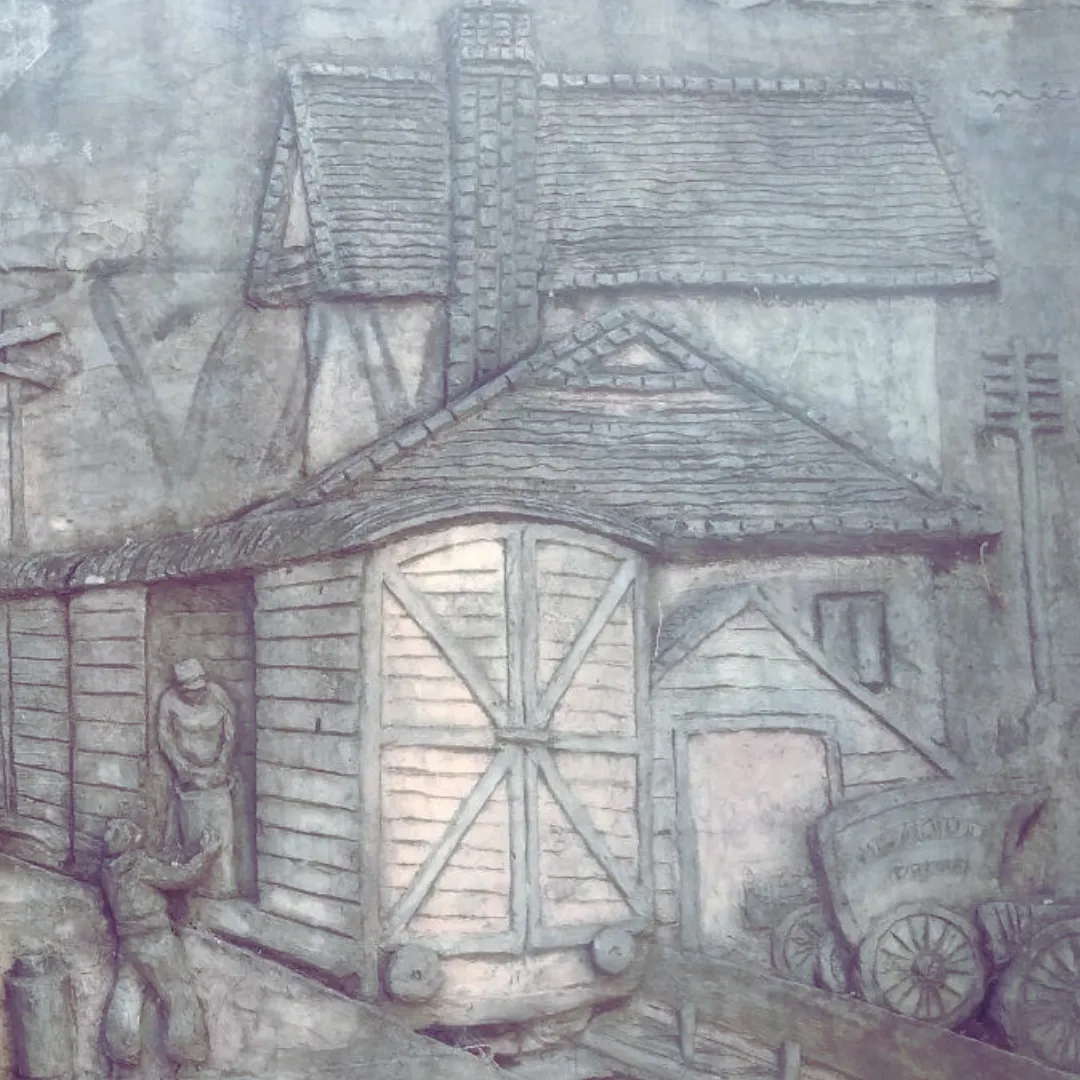
Los detalles que se resaltan, me generan cierta nostalgia: el caballo fiel a las órdenes del hombre, el farolito (quizás a gas) que iluminaba las noches, las ganas de construir y salir adelante, que pareciera que cada vez se extingue en un mundo donde la inmediatez y la facilidad parecen ser la premisa entre la gente, y en el que buscar que los demás se esfuercen para luego pasar y recoger los frutos a veces, hasta se aplaude.
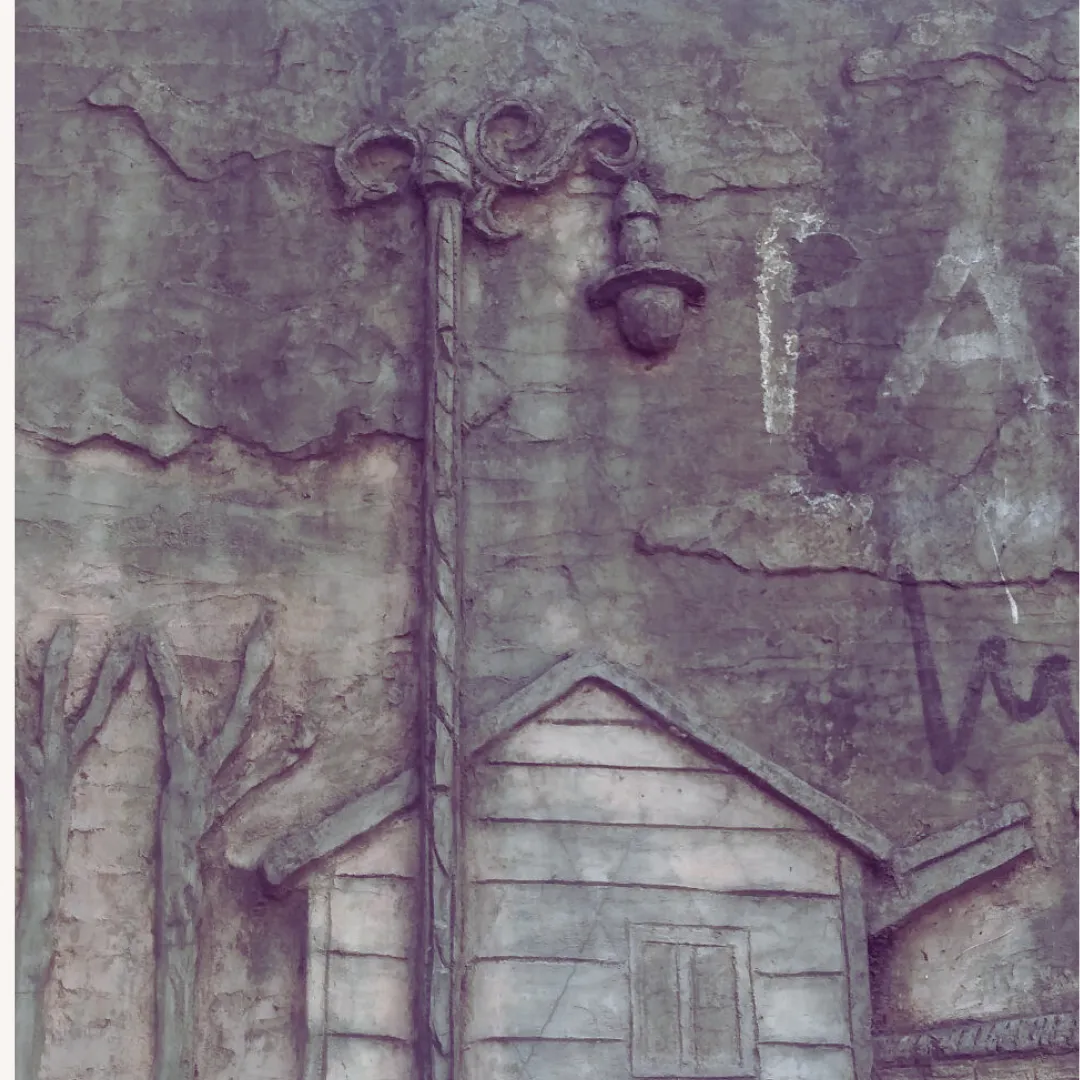
Definitivamente una obra de arte que no deberían dejar que nadie obstruya su visión, porque de manera silenciosa dice tantas verdades, que quizás si tan solo un 10% de los que pasan a su lado se detuvieran a verla y analizarla, sería un buen punto de partida para cambiar la mentalidad conformista y desinteresada en el bien común que impera no solo en esta nación, sino en todo el mundo.
El pasado, no solo es pasado, son los cimientos de lo que somos ahora, por eso es tan importante conocer nuestra historia como nación y como sociedad, inclusive para los extranjeros que decidimos hacer de estas tierras nuestro nuevo hogar, tanto para no repetir errores, como para rescatar aquellas ideas que nos ayudaron a avanzar.
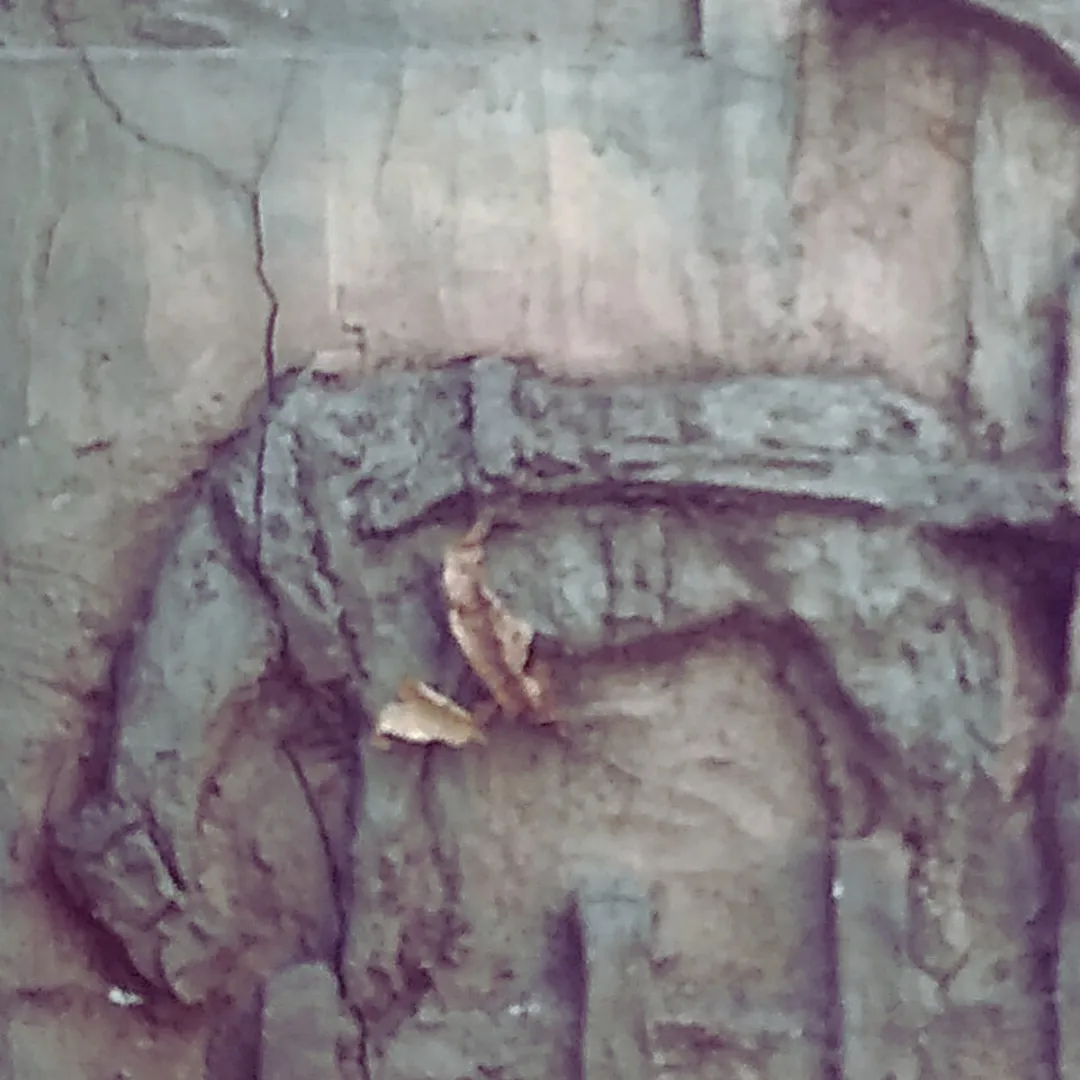
Pero ya que muchos no le dedican tiempo a la lectura, adornar la ciudad con obras de este tipo, quizás sea una manera de hacerle llegar a todos, lo que jamás deberíamos olvidar de nuestro pasado.
The city will always be a large gallery if we truly know how to observe it in detail. And even though I have already documented some things that may go unnoticed by others, there are still treasures waiting to be discovered.
Just the other day, as I was on my way back home from Banfield - Buenos Aires province, to catch the train, I saw this beautiful mural hidden between a flower stall and a commercial store.
Every time I pass by there, there is usually a street vendor in front, so I never turned to look in that direction, but that day was clear, just like the sky, and it was like finding a new treasure for my collection of scattered artistic jewels in the city.

Unfortunately, it does not say who made it, or at least I did not see any signature of the author, but I decided it was necessary to highlight it, because like other murals I have reviewed here, it uses a clay relief technique to give more drama to the story it tells.

I imagine it is a passage from the times when trains were built, when manual labor outweighed machines, giving the result an extra value, seeing how humans are capable of achieving everything they set out to do.

It may also tell the story of how the train made it possible for the city to develop step by step until it became the economic and social center it is now. Providing a glimpse to future generations, especially of the effort made by ancestors to reach the point where they are currently.

The highlighted details evoke a sense of nostalgia in me: the horse faithful to the man's orders, the lantern (perhaps gas-powered) that illuminated the nights, the desire to build and move forward, which seems to be diminishing in a world where immediacy and ease seem to be the premise among people, and in which it is sometimes applauded to make others strive and then pass by to reap the rewards.

Definitely an artwork that no one should allow to be obstructed from view, because it silently conveys so many truths that perhaps if only 10% of those who pass by took the time to stop and observe it, it would be a good starting point to change the conformist and uninterested mindset in the common good that prevails not only in this nation but worldwide.
The past is not just the past; it is the foundation of who we are now, which is why it is so important to know our history as a nation and as a society, even for foreigners who decide to make this land our new home, both to avoid repeating mistakes and to rescue ideas that have helped us progress.

But since many do not dedicate time to reading, adorning the city with works of this kind may be a way to make everyone aware of what we should never forget from our past.
Foto/Photo by: @mamaemigrante
Edición/Edited by @mamaemigrante using canva
Translated and formatted with Hive Translator by @noakmilo.
